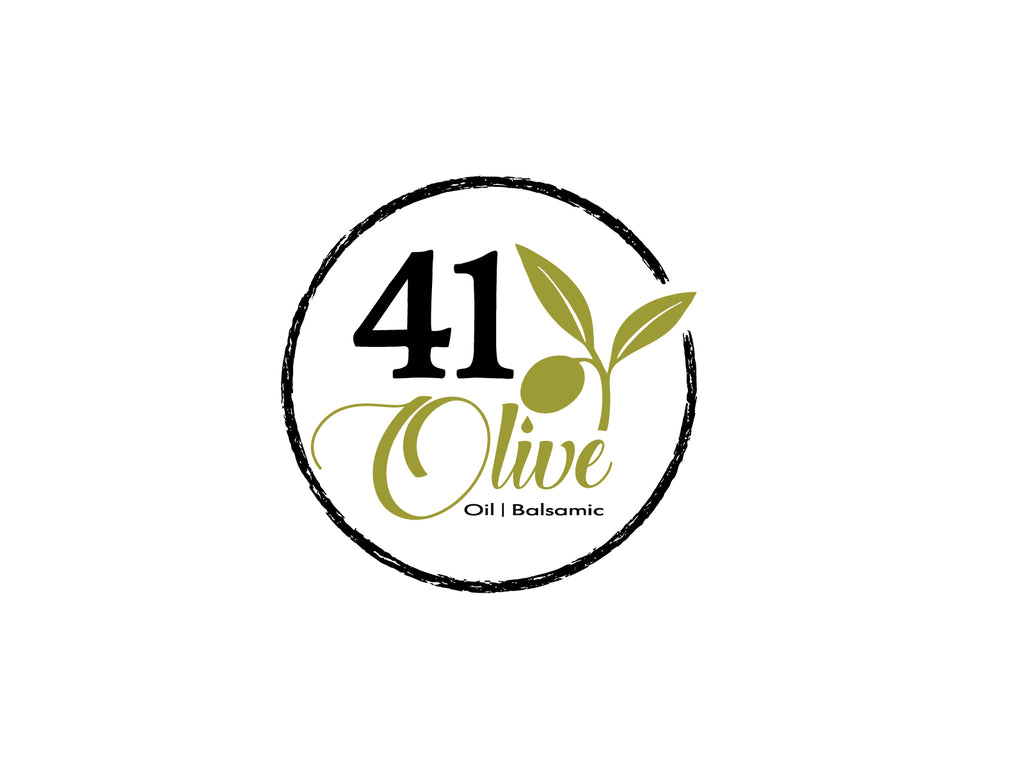The Fundamental Process Of Making Infused Balsamic Vinegar
Did you know that you can make your own creations of Infused Balsamic Vinegar and use it in culinary recipes as the base for a salad dressing, to marinate meat, poultry or fish; or chuck it in with your favorite pasta salad?
Types of Balsamic Vinegars
Distilled White Balsamic Vinegar is clear in color with a sharp acidic taste. It is a good selection for delicately flavored herbs and is the ideal choice for cleaning. It is the least expensive of the group.
It has a propensity to blend nicely with dark berries.
There are a handful of Wine Balsamic Vinegar flavors to choose from. They are more expensive than distilled and cider vinegar but they offer a larger range of flavor. Our Balsamic Vinegar experts suggest Red, White, and Champagne when creating your Infused Balsamic Vinegar for culinary uses, they can make smooth flavored products.
It generally contains proteins that may promote bacterial growth if the vinegar is not handled and stored . For added safety, our Infused Balsamic Vinegar experts advise that you use only commercially produced vinegar and make sure you sterilize your containers and utensils.
Balsamic Vinegar is the most costly, but also the most notable. The older the Balsamic Vinegar, usually the sweeter and syrupy it becomes.
Some of the plants and vegetables, you may want to try include the following.
Citrus Peels
Garlic
Ginger
Jalapeno
Lavender
Lemon balm
Onion
Peppermint
The large plant matter can be threaded onto a bamboo skewer and inserted in the Balsamic Vinegar jar. This way they can seamlessly be eliminated if the desired flavor is reached.
To help evenly distribute more flavor, slit the peppers, peel garlic, and slice onions before adding them into the Balsamic Vinegar.
How to Infuse Balsamic Vinegar
You can assist in sterilize your jars by dipping them in boiling water or run them through a dishwasher cycle. Small neck jars will probably have to be dipped.
Make certain that you wash the herbs and vegetables and thoroughly dry them with a clean towel.
Infusing Balsamic Vinegar Without Heat
Put your cleaned herbs, vegetables, or fruit to the sterilized glass jar and then fill the jar with the vinegar of your choice. Then allow the vinegar requirement in a cool dark place for 3-4 weeks to develop flavor.
After that is finished, strain the vinegar through a fine mesh strainer or cheesecloth so that it catches any sediment. Discard the herbs and keep the flavor infused vinegar in your sterilized bottle.Hard stemmed herbs such as rosemary, lemon balm, and peppermint, or vegetables such as garlic and ginger, are able to consume when submerged in vinegar for long periods of time. Delicate fruits are best strained.
Infusing Balsamic Vinegar With Heat
Some folks prefer to heat the vinegar to 190-195ºF, and then pour the hot vinegar over the herbs. Heating the vinegar ahead of time may speed the process for a finished product.
Others prefer to add the vinegar and herbs / fruit/ vegetables to a small stainless steel saucepan and bring it all to a boil over high heat and then simmer for 5 minutes.
Remove it from the heat and give it the chance to cool before continuing with the jarring procedure.
Set the heated herbs, vegetables, or fruit into the sterilized glass jar and allow the vinegar condition in a cool dark place for 2-4 weeks to think of additional flavor.
Finally, strain the vinegar through a fine mesh strainer or cheesecloth so that it catches any sediment. Discard the herbs and store the flavor infused vinegar in your sterilized bottle. You can store the finished vinegar in a cool, dry place for up to 6 months.
